U6 Sensation and Perception
1/99
Earn XP
Description and Tags
Chamberlain
Name | Mastery | Learn | Test | Matching | Spaced |
|---|
No study sessions yet.
100 Terms
place theory
Links the pitch we hear with the place where the cochlea’s membrane is stimulated. A specific place (on the membrane), explains why we hear high pitches sounds.
frequency theory
(temporal theory) The theory that the rate of nerve impulses traveling up the auditory nerve matches the frequency of a tone, thus enabling us to sense its pitch. Explains how we sense low-pitches
conduction hearing loss
Less common, caused by damage to the mechanical system (eardrum and middle ear bones) that conducts sound waves to the cochlea
sensorineural hearing loss
Hearing loss caused by damage to the cochlea’s receptor cells or to the auditory nerves; the most common form of hearing loss, aka nerve deafness.
McGurk effect
Whne
Sensation
Introduction to sensation and perception (Mod 16)
The process by which our sensory receptors and nervous system receive and represent stimulus energies from our environment. A sensation becomes a perception when it is transducted.
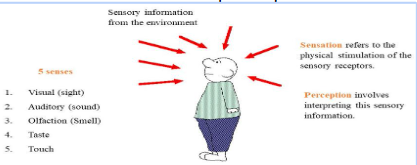
Transduction
Introduction to sensation and perception (Mod 16)
Sensations are “translated” into neurotransmitters or neural firing for perception to occur. Process of converting one form of energy into another form that our brain can use.
Perception
Introduction to sensation and perception (Mod 16)
Process of organizing and interpreting sensory info, enabling us to recognize meaningful objects and events. Perception comes to be by transduction.
Bottom-up processing
Introduction to sensation and perception (Mod 16)
Starts at your sensory receptors and works up to higher levels of processing.
What am I seeing?
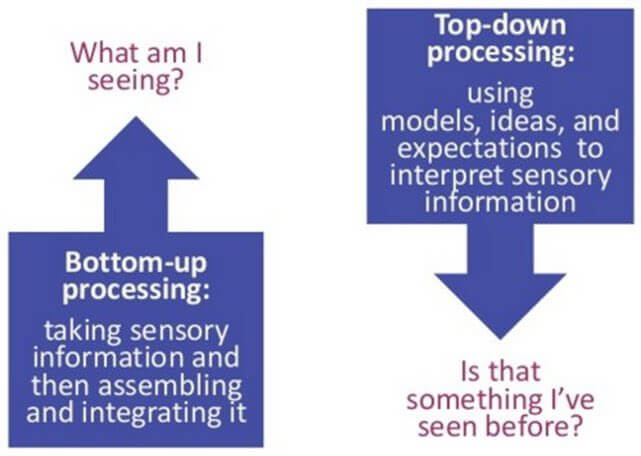
Top-down processing
Introduction to sensation and perception (Mod 16)
Constructs perception from this sensory input by drawing on your experience and expectations.
Is that something I’ve seen before?
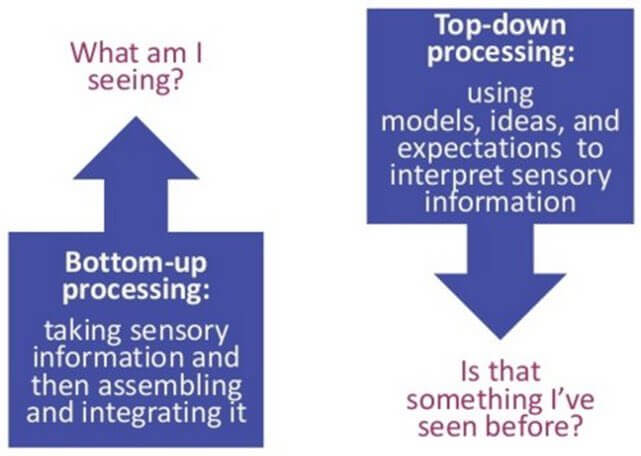
Psychophysics
Introduction to sensation and perception (Mod 16)
Studies the relationships between the physical energy we can detect and its effects on our psychological experiences. Study of the brain, how it receives energy and chemicals and how it interacts with the physical world.
Absolute threshold
Introduction to sensation and perception (Mod 16)
The minimum stimulation necessary to detect a particular light, sound, pressure, taste, or odor 50% of the time. Is tested with different levels of stimuli.
Ex: hearing specialist sending tones into each ear and recording if you could hear the tone.
Signal detection theory
Introduction to sensation and perception (Mod 16)
Theory predicts how and when we detect the presence of a faint stimulus amid background stimulation. Assumes there’s no single absolute threshold and that detection depends partly on a person’s experience, expectations, motivation, and alertness.
Ex: why the persons’ reactions vary as the circumstances change—creaking sounds trigger fear for someone home alone after watching a scary movie.
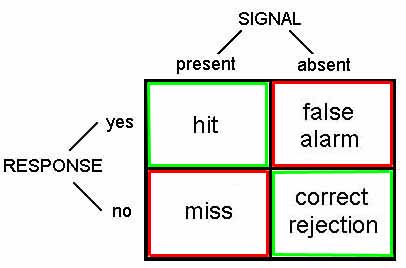
Subliminal message
Introduction to sensation and perception (Mod 16)
Messages that appear for a slit second, subtle, trigger iconic and/or echoic memory. Feeling about it is fleeting so in theory, it wouldn’t affect our ideas after a minute.
Ex: Al Gore, Bush commercial (rats)
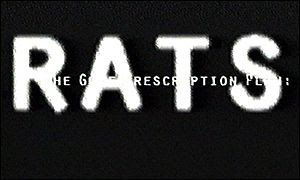
Priming
Introduction to sensation and perception (Mod 16)
Idea that exposure to one stimulus may influence a response to a subsequent stimulus, without guidance or intention.
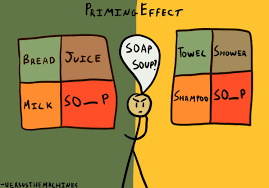
Difference threshold (AKA JND)
Introduction to sensation and perception (Mod 16)
The minimum difference between two stimuli required for detection 50% of the time
Ex: If we listen to our music at 40 decibels, we might not detect a change in sound
Weber’s law
Introduction to sensation and perception (Mod 16)
The principle that, to be perceived as different, two stimuli must differ by a constant minimum %.
Decibels must change by 5%
Light intensity must change by 8%
Tones must differ in frequency by 0.3%
Weights must differ by 2%
sensory adaptation
Introduction to sensation and perception (Mod 16)
When constantly exposed to an unchanging stimulus, we become less aware of it because our nerve cells fire less frequently.
Ex: Adapting to the strong smell of a classmate’s perfume.
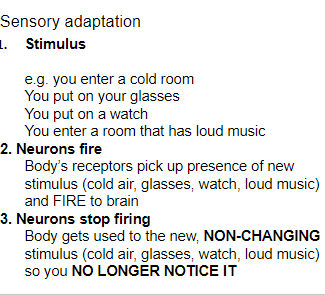
Sensory habituation
Introduction to sensation and perception (Mod 16)
Initial, heightened feeling or reaction to a novel stimulus. However, later experiences are not as powerful due to prior experiences.
Ex: the first time smoking a cigarette.
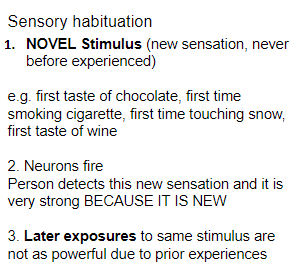
Selective attention
Introduction to sensation and perception (Mod 16)
Focusing of conscious awareness on a particular stimulus.
Ex: the cocktail party effect
Inattentional blindness
Introduction to sensation and perception (Mod 16)
Failing to see visible objects when our attention is directed elsewhere.
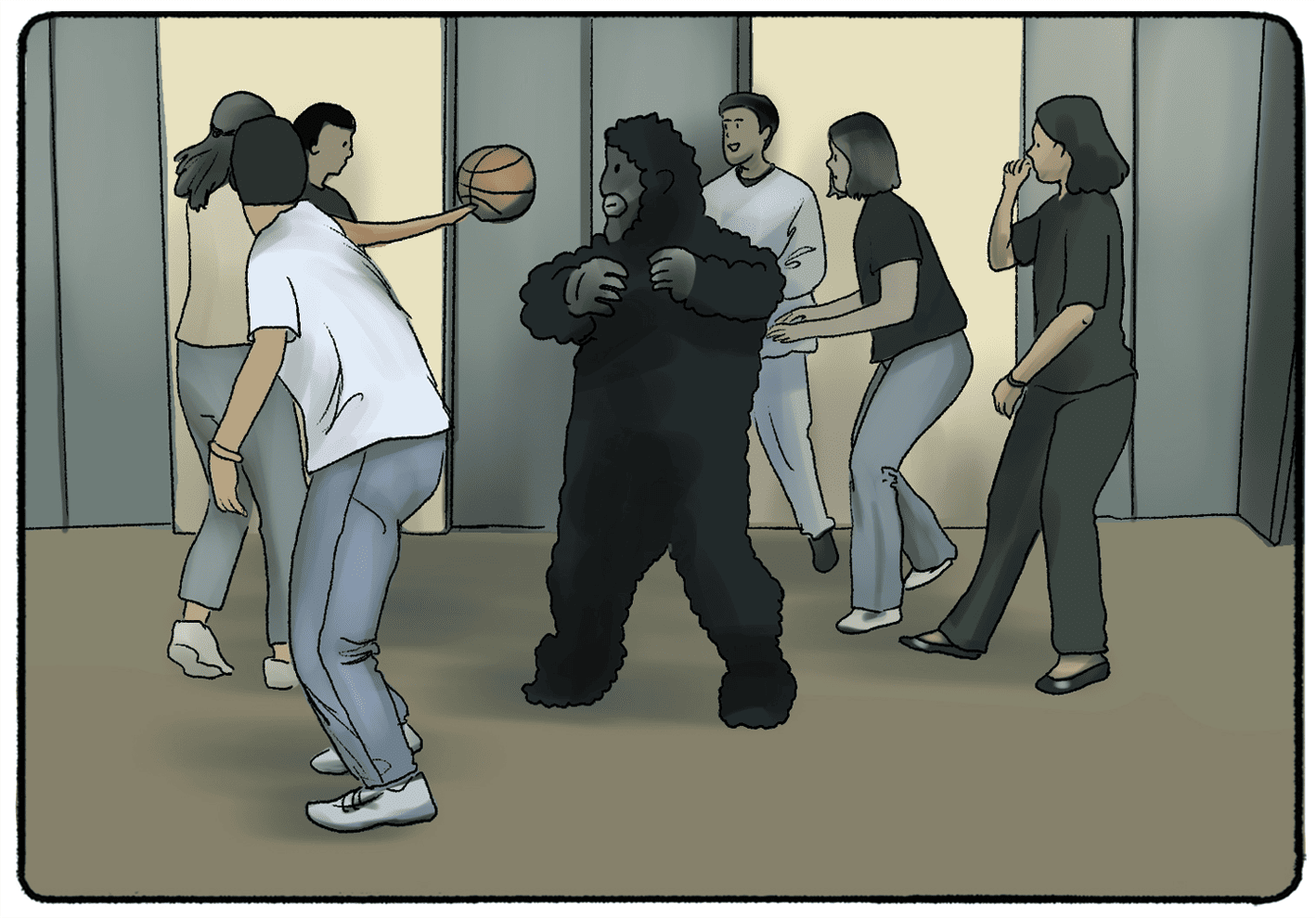
Change blindness
Introduction to sensation and perception (Mod 16)
Failing to notice changes in the environment; is a form of inattentional blindness.
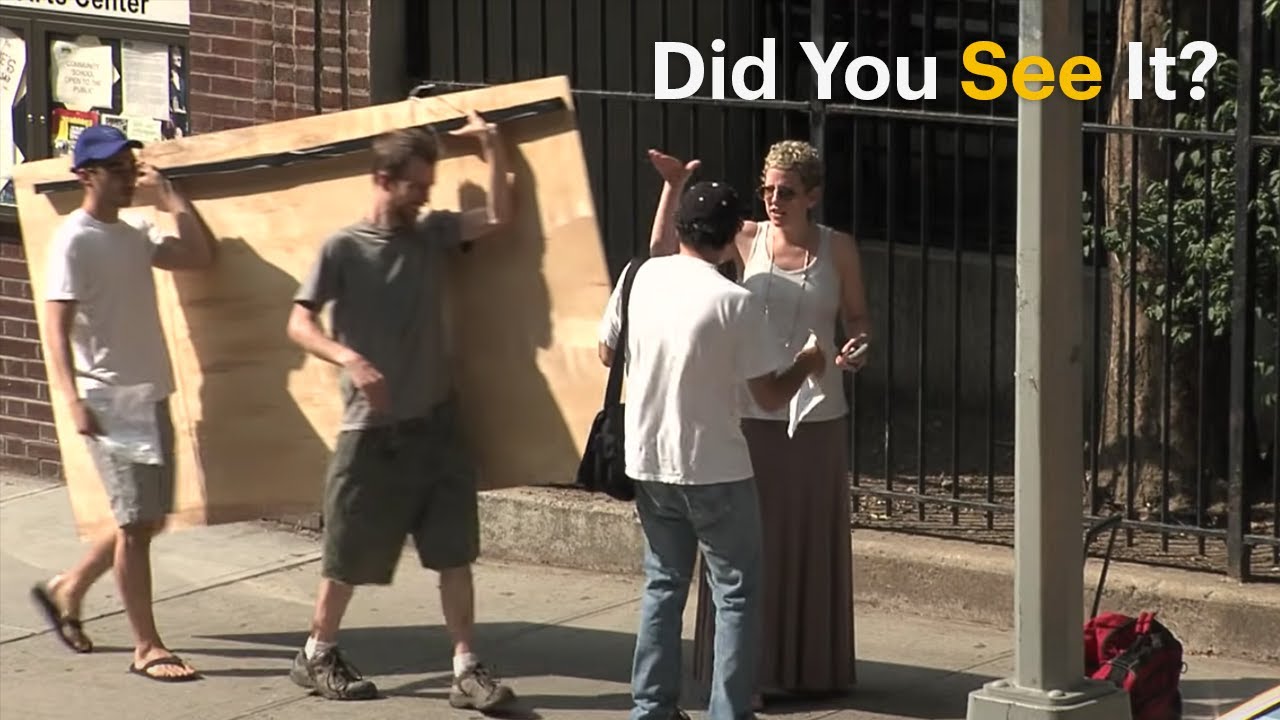
Change deafness
Introduction to sensation and perception (Mod 16)
A perceptual phenomenon that occurs when, under certain circumstances, a physical change in an auditory stimulus goes unnoticed by the listener.
Choice blindness
Introduction to sensation and perception (Mod 16)
The failure to recall a choice immediately after we have made that choice.
Ex: Ordering a chocolate ice cream, receiving a strawberry one without noticing.
Perceptual set
Influences on Perception (Mod 17)
A set of mental tendencies and assumptions that affect, top-down, what we hear, taste, feel, and see.
Context effects
Influences on Perception (Mod 17)
The perceptual set can be influenced by the context (expectations, motivation, and emotions.

ESP (extrasensory perception)
Influences on Perception (Mod 17)
the controversial claim that perception can occur apart from sensory input; includes telepathy, clairvoyance, and precognition.
Telepathy
Influences on Perception (Mod 17)
The ability to read minds.
Clairvoyance
Influences on Perception (Mod 17)
Perceiving remote events, such as a house fire in another state.
Precogntion
Influences on Perception (Mod 17)
Perceiving future events, such as an unexpected death in the next month
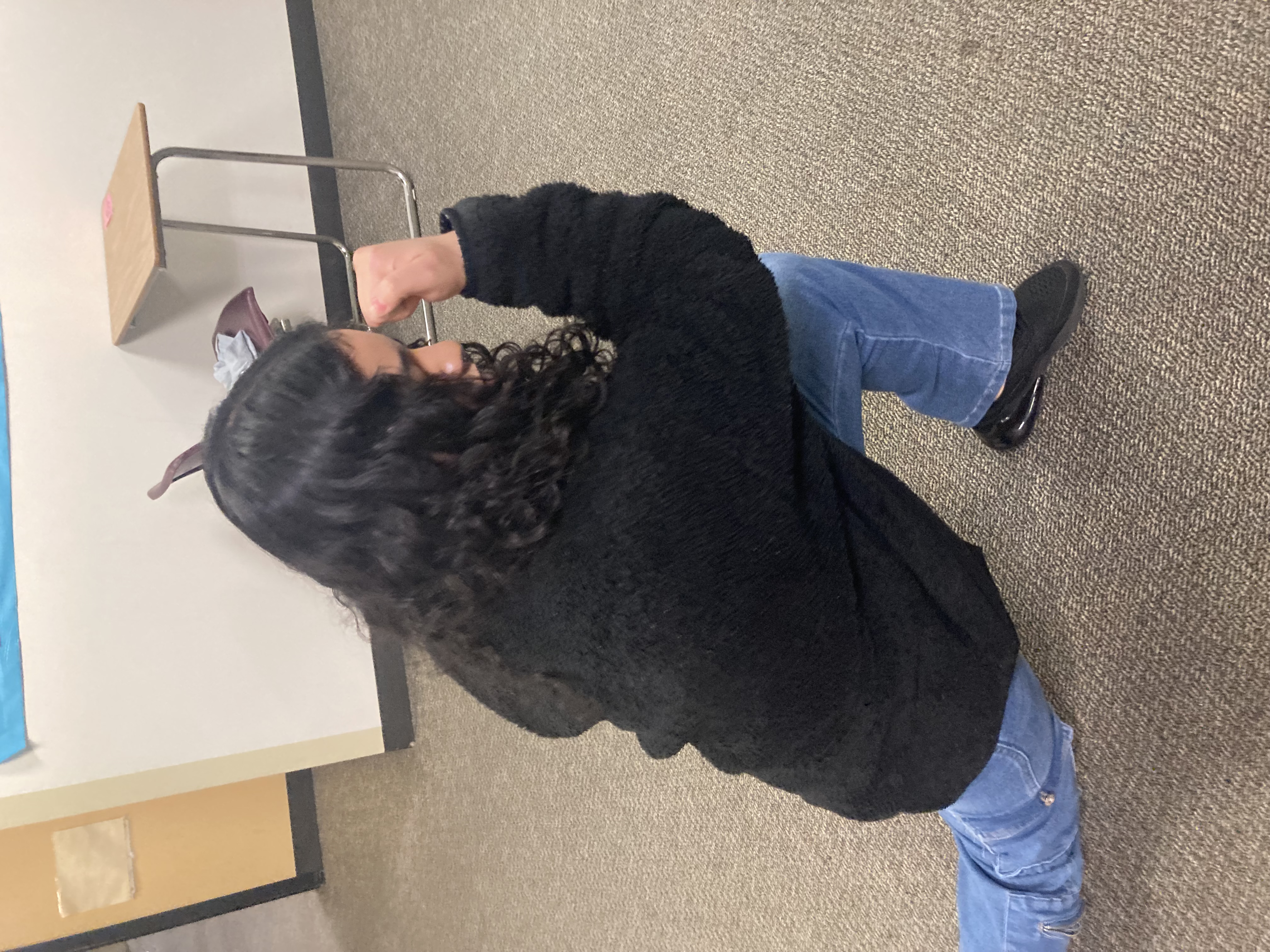
Psychokinesis
Influences on Perception (Mod 17)
The action in which objects are supposedly caused to move or change as a result of mental concentration upon them
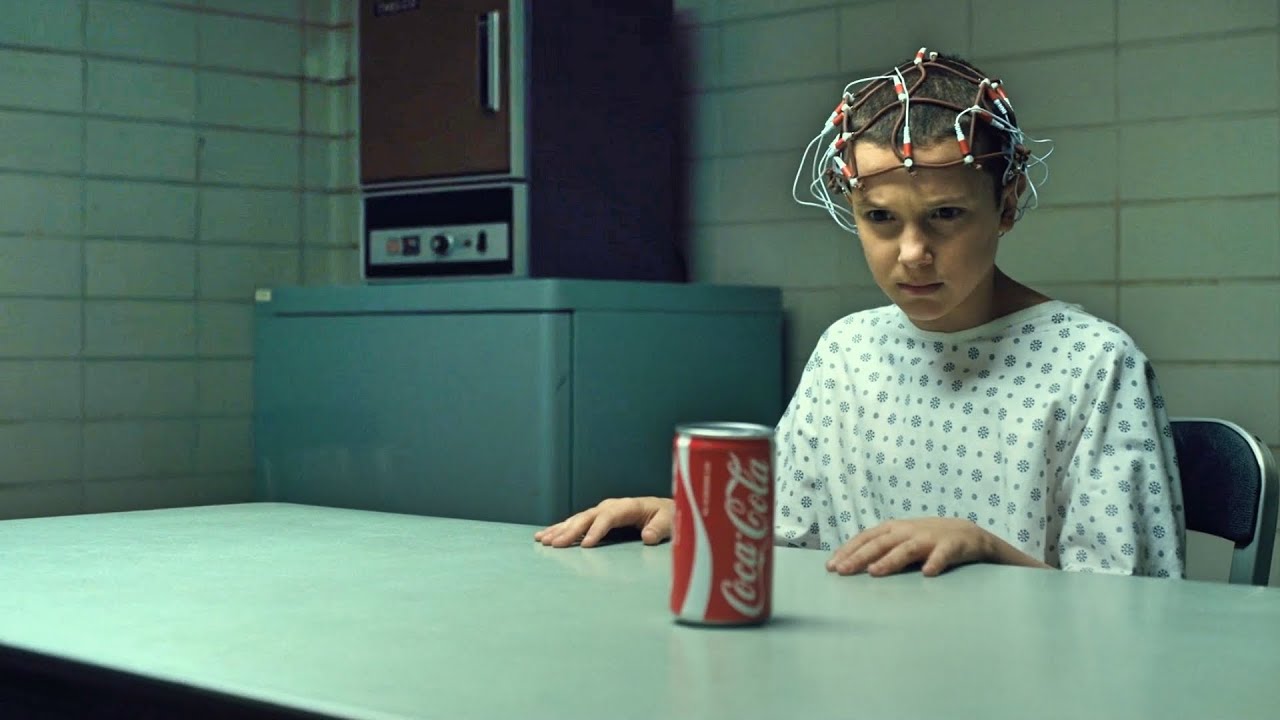
Premonition
Influences on Perception (Mod 17)
A paranormal impression warning of a future event
Parapsychology
Influences on Perception (Mod 17)
Study or paranormal phenomena, including ESP and psychokinesis
Pupil
Vision (Mod 18)
A small adjustable opening in the center of the eye
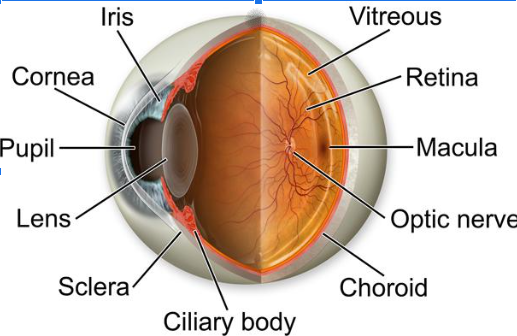
Iris
Vision (Mod 18)
Surrounds the pupil and controls its size. A colored muscle that dilates or constricts in response to light intensity
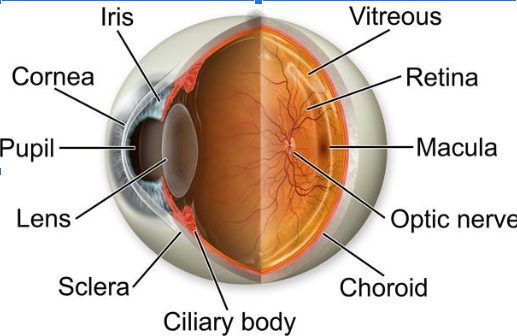
Lens
Vision (Mod 18)
Transparent structure behind the pupil that changes shape to help images focus on the retina
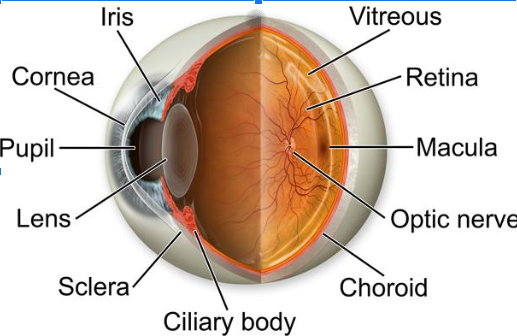
Accommodation
Vision (Mod 18)
The process by which the eye’s lens changes shape to focus near or far objects on the retina
Retina
Vision (Mod 18)
The light-sensitive inner surface of the eye, containing the receptor rods and cones plus layers of neurons that begin the process of visual information.

Optic chasm
Vision (Mod 18)
Part of the brain where the optic nerves cross and is therefore of primary importance to the visual pathway
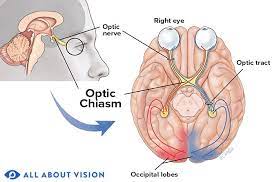
LGN (lateral geniculate nucleus)
Vision (Mod 18)
The multilayered structure that receives input from both eyes to build a representation of the contralateral visual hemifield. Allows us to be aware without being aware.
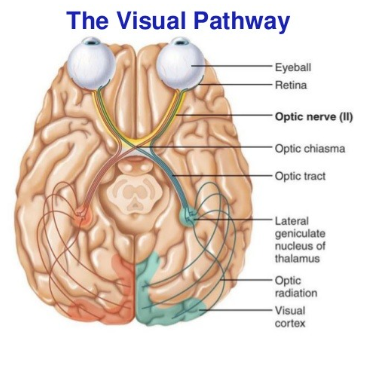
Thalamus
Vision (Mod 18)
It is located on top of the brain stem. receives sensory signals and sends them to appropriate areas of the forebrain.
Fovea
Vision (Mod 18)
Central focal point on the retina in the eye around which the cones cluster.
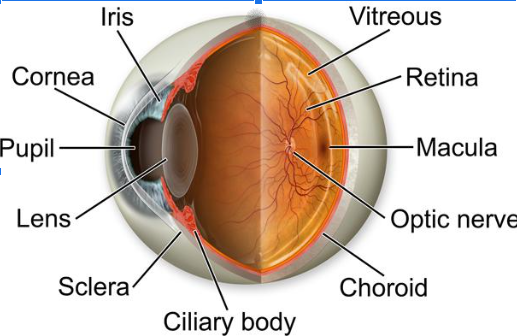
Ganglion cell
Vision (Mod 18)
Projection neurons of the vertebrate retina, conveying information from other retinal neurons to the rest of the brain.
(in the picture it’s the pink)

Bipolar cell
Vision (Mod 18)
A type of nerve cells that combine the impulses from many of the visual receptor cells in the retina and then transmits those impulses to the ganglion cells.
(In pic it’s purple)
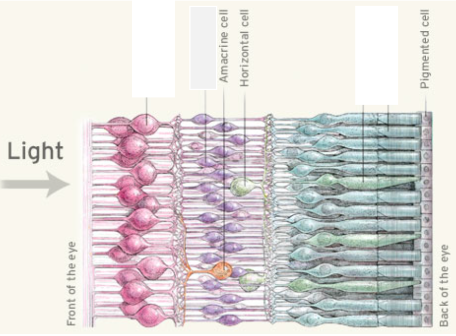
Rods
Vision (Mod 18)
Retinal receptors that detect black, white, and gray and are sensitive to movement; necessary for peripheral and twilight vision when cones don’t respond. There are more rods than cones.
(blue structure in the picture)
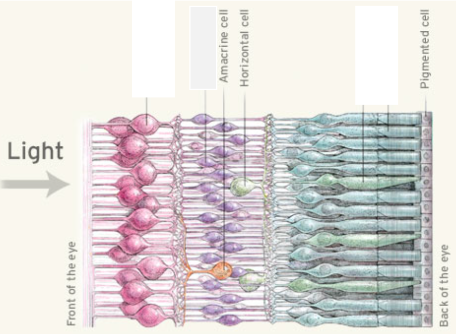
Cones
Vision (Mod 18)
Retinal receptors that are concentrated near the center of the retina and that function in daylight or well-lit conditions. Cons detect fine detail and give rise to color sensations. There are less cones than rods.
(Green structure in the picture)
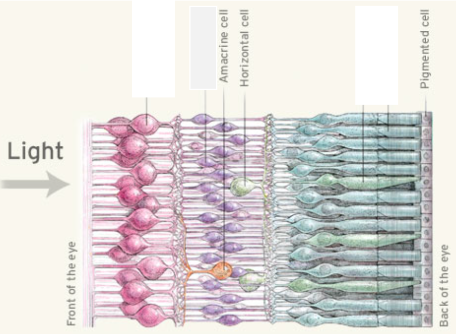
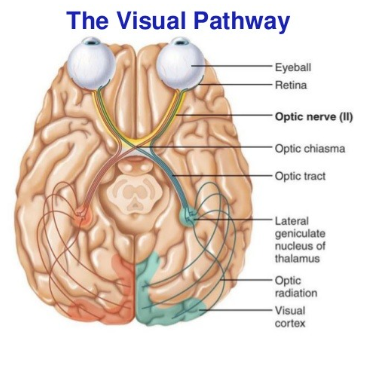
Optic nerve
Vision (Mod 18)
The nerve that carries impulses from the eye to the brain.

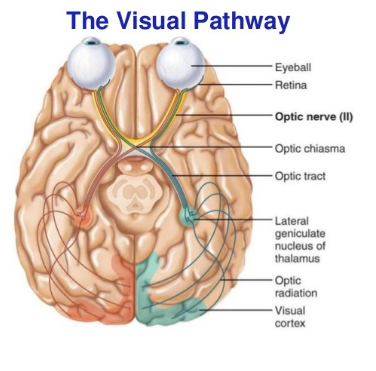
Feature detectors
Vision (Mod 18)
Nerve cells in the occipital lobe’s visual cortex respond to specific features of the stimulus. Such as shape, angle, or movement. Live in the visual cortex.
Hubel & Wiesel cat
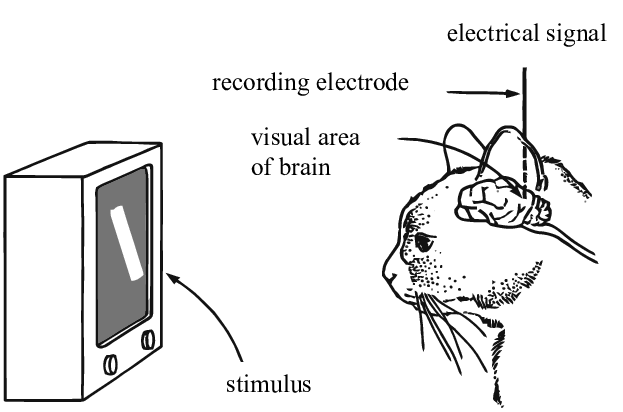
Visual capture
Visual organization and interpretation (Mod 19)
The dominance of vison over other sense of modalities in creating a percept.
Gestalt
Visual organization and interpretation (Mod 19)
An organized whole. Gestalt psychologists emphasized our tendency to integrate pieces of information into meaningful wholes.
Figure-ground
Visual organization and interpretation (Mod 19)
The organization of the visual field into objects (figures) that stand out from out surroundings.
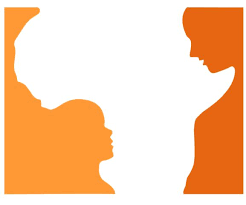
Grouping
Visual organization and interpretation (Mod 19)
The perceptual tendency to organize stimuli into coherent groups
Depth perception
Visual organization and interpretation (Mod 19)
Ability to see objects in 3D although the images that strike the retina are 2D; allows us to judge distance.
Visual cliff
Visual organization and interpretation (Mod 19)
Lab device for testing depth perception in infants and young animals.
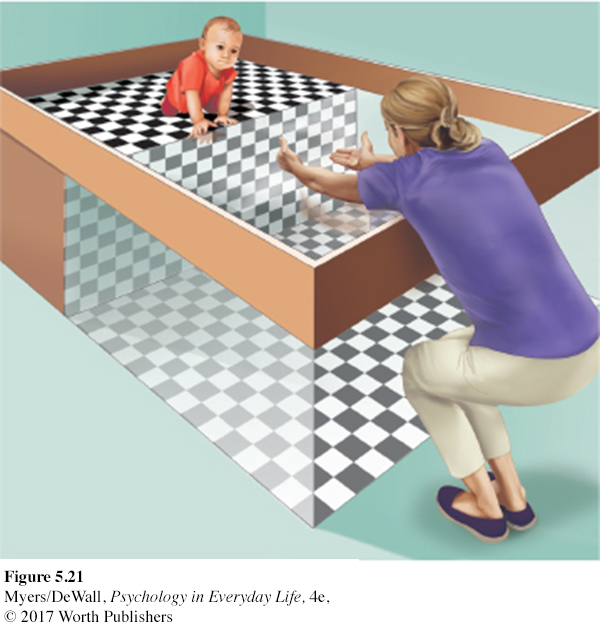
Binocular cues
Visual organization and interpretation (Mod 19)
A depth cues that depend on the use of 2 eyes.
a. Retinal disparity: By comparing retinal images from the 2 eyes, the brain computes distance—the greater the difference between 2 images, the closer the object
b. Oculomotor (proprioceptive cues)
Convergence: When we are looking at nearby objects our eyes move inwards
Accommodation: Pross by which the lens changes shape to bring an object in focus on the retina.

Retinal disparity
Visual organization and interpretation (Mod 19)
By comparing retinal images from the 2 eyes, the brain computes distance—the greater the difference between 2 images, the closer the object

Convergence
Visual organization and interpretation (Mod 19)
When we are looking at nearby objects our eyes move inwards
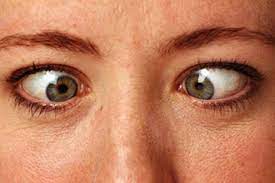
Monocular cues
Visual organization and interpretation (Mod 19)
Depth cues available to each eye separately
Linear perspective: depth prompt that the human eye perceives when viewing 2 parallel lines that appear to meet at a distance. Make things appear narrow
Aerial perspective: When distant objects tend to appear blurry and bluish in nature.
Relative size: If 2 objects are similar in size, we perceive the one that casts a smaller retinal image to be farther away
Texture gradient: The progressive decline in the resolution of textures as the viewer moves away from them.
Relative height: We perceive objects that are higher in our field of vision to be farther away than those that are lower
Interposition: One object partially covers another object, giving the perception the object that is partially covered is farther away.
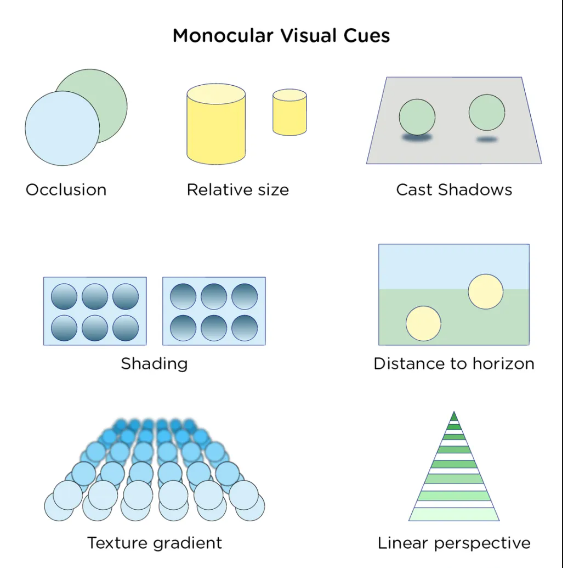
Linear perspective
Depth prompt that the human eye perceives when viewing 2 parallel lines that appear to meet at a distance. Make things appear narrow
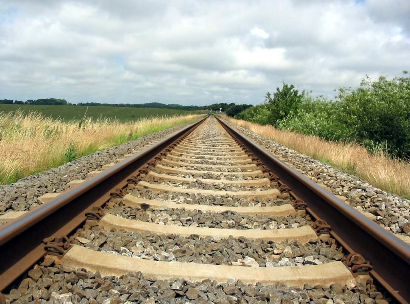
Aerial perspective
When distant objects tend to appear blurry and bluish in nature.
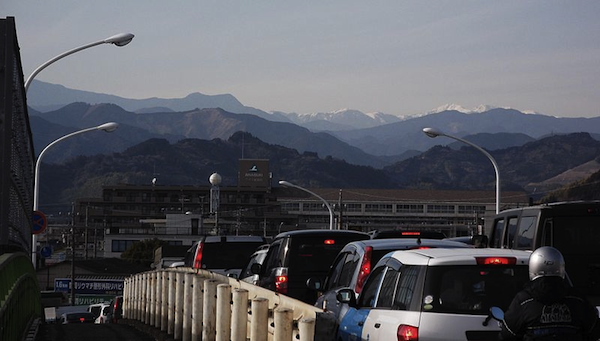
Relative size
If 2 objects are similar in size, we perceive the one that casts a smaller retinal image to be farther away
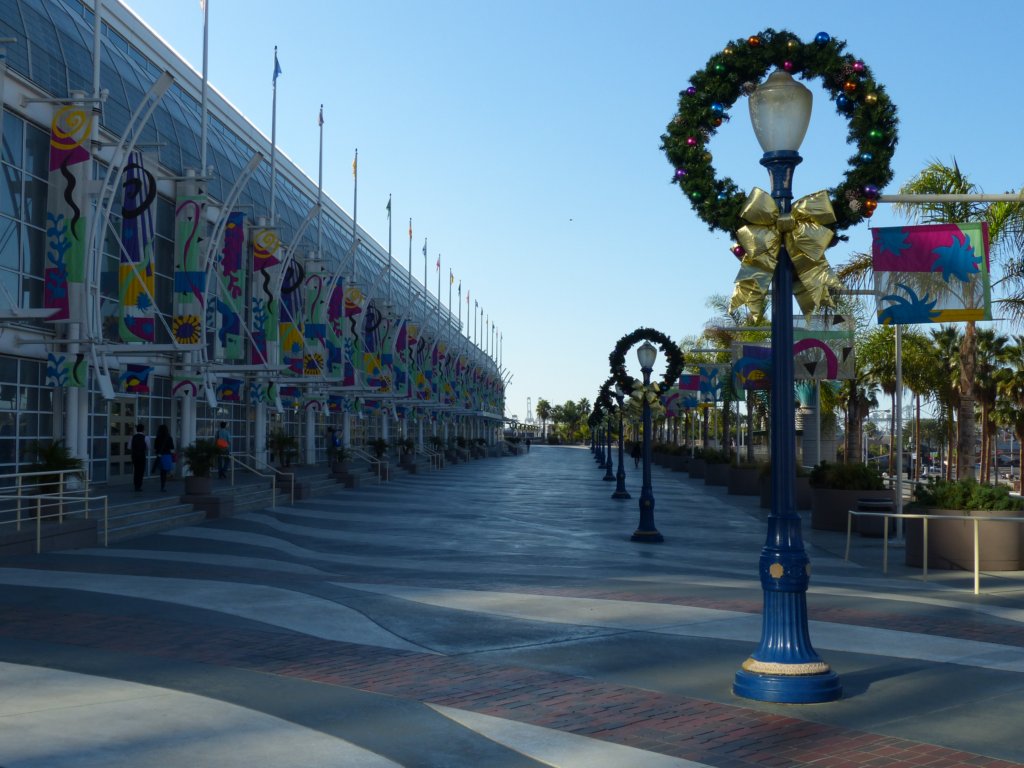
Texture gradient
The progressive decline in the resolution of textures as the viewer moves away from them.
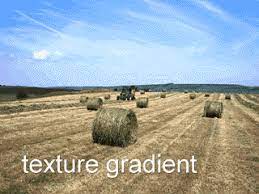
Relative height
We perceive objects that are higher in our field of vision to be farther away than those that are lower

Interposition
One object partially covers another object, giving the perception the object that is partially covered is farther away.

Motion perception (Phi phenomenon)
Visual organization and interpretation (Mod 19)
An illusion of movement is created when two or more adjacent lights blink on and off in quick succession
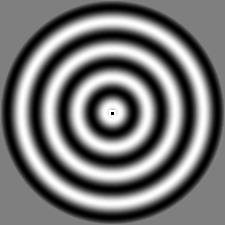
Perceptual constancy
Visual organization and interpretation (Mod 19)
Perceiving objects as unchanging (having consistent color, brightness, shape, and size) even as illumination and retinal images change..
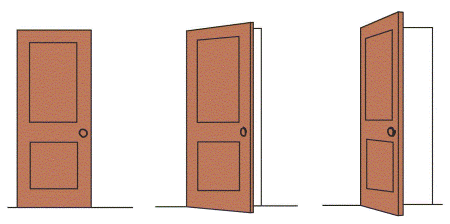
Lightness constancy (AKA brightness constancy)
Visual organization and interpretation (Mod 19)
Tendency to perceive a familiar object as having the same brightness under different conditions of illumination
Ex: a piece of white paper has a similar brightness in daylight as it does at dusk, even though the energy it reflects may be quite different.
Relative luminance
Visual organization and interpretation (Mod 19)
the amount of light a object reflects on its surroundings.
Color constancy
Visual organization and interpretation (Mod 19)
Perceiving familiar objects as having consistent color, even if changing illumination alters wavelengths reflected by the object

perceptual adaptation
Visual organization and interpretation (Mod 19)
Ability to adjust sensory input, including artificially displaced or even inverted visual field.
Ex: George Stratton’s “world flipping” goggles.
Young-Helmholtz Trichromatic
Color vision — How do we see color? (Mod 18)
The theory is that the retina contains 3 different types of color receptors—one most sensitive to red, one to green, and one to blue— which, when stimulated in combination, can produce the perception of any color
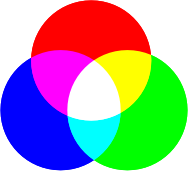
Opponent process theory
Color vision — How do we see color? (Mod 18)
Theory that opposing retinal processes (red-green, blue-yellow, white-black) enable color vision. For example, some cells are stimulated by green and inhibited by red; others are stimulated by red and inhibited by green.
Like red and green marbles being sent down a narrow tube, “red” and “green” messages cannot travel both at once. We either see red or green, no mixture. But red and blue travel in separate channels, so we can see a mix
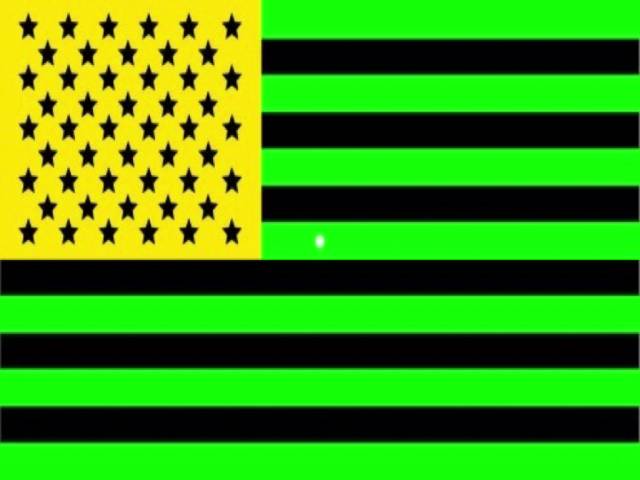
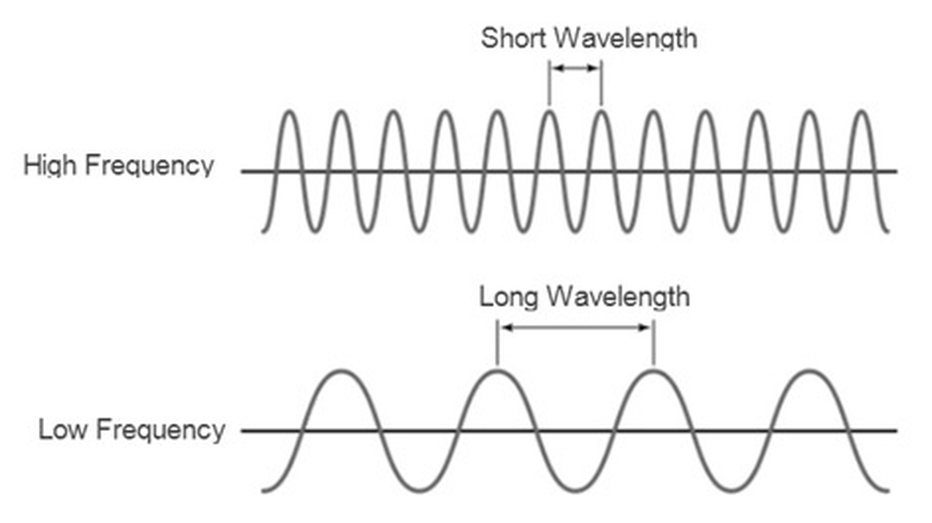
frequency
Color vision — How do we see color? (Mod 18)
High frequency waves translate into blue hues. Low frequency translates to red hues.
In regards to audition, frequency determines the tone
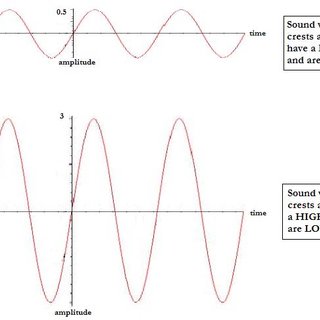
Amplitude
Color vision — How do we see color? (Mod 18)
A high amplitude brings about bright colors, while a low amplitude brings dull colors.
In regards to audition, amplitude is how loud the sound id.
Blindsight
Vision (mod 18)
A condition in which a person can respond to a visual stimulus without consciously experiencing it.
An example of blindsight would be if an object was moved to the left and a person who was looking at the object, but cortically blind, somehow knew it was moved to the left, even though they could not see it.
Blind spot
Vision (mod 18)
A spot in the retina where the optic nerve connects. In this area, there are not light-sensitive cells so this part of your retina can’t see..
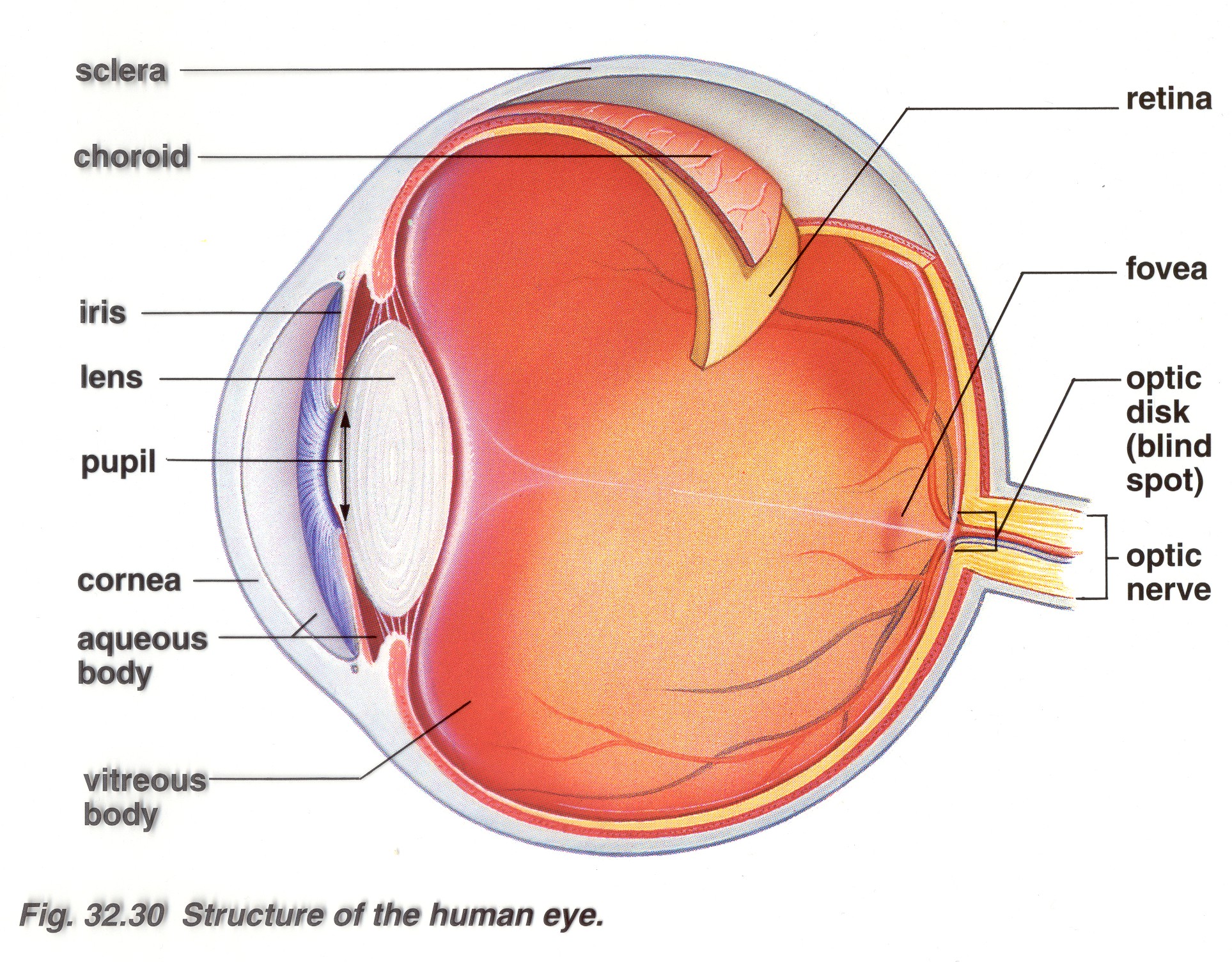
myopia
Vision (mod 18)
Near-sighted, can see near but has trouble seeing farther in the distance. Caused by elongated eyeballs.
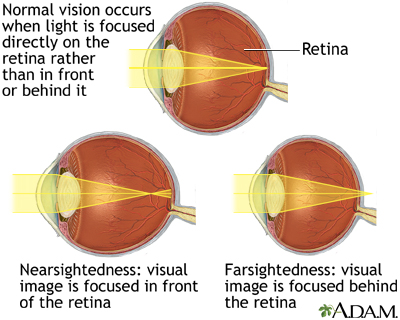
hyperopia
Vision (mod 18)
Far-sightedness, has trouble seeing near but can see far. Caused by smaller eyeballs
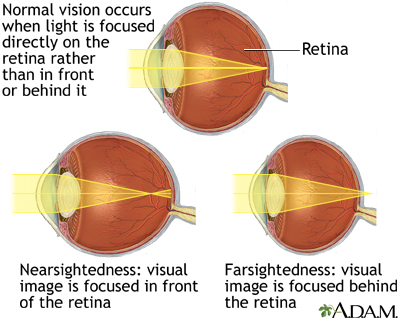
Cochlea
Audition (Mod 20)
Coiled, boney, fluid filled tube in the inner ear; sound waves traveling through cochlear fluid trigger nerve impulses. It’s where transduction occurs. Contains basilar membrane
Mnemonic: Coachella, looks like a snail.
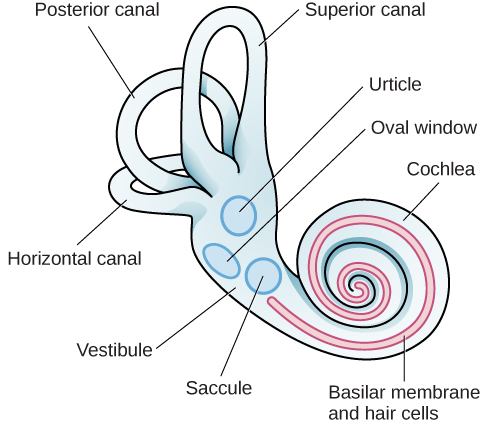
Organ of Corti
Audition (Mod 20)
A specialized structure that sits on the basilar membrane within the cochlea in the inner ear. It contains the hair cells (the sensory receptors for hearing), their nerve endings, and supporting cells.

Outer ear
Audition (Mod 20)
There is the pinna, which is a fancier word for ear, and the ear canal. It collects and sends sounds to the eardrum.
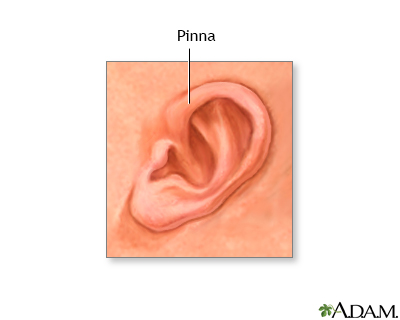
Middle ear
Audition (Mod 20)
It is made up of 3 tiny bones; hammer, anvil, and stirrup (malleus, incus, and stapes in Latin, or the ossicle bones) that pick up vibrations and transmit them to the cochlea

Inner ear
Audition (Mod 20)
Innermost part of the ear, containing the cochlea, semicircular canals, an vestibular sacks
Eardrum or Tympanic membrane
Audition (Mod 20)
A thin flap of skin at the end of the ear canal. When sound waves hit the eardrum it creates vibrations that travel through the middle ear to the inner ear.
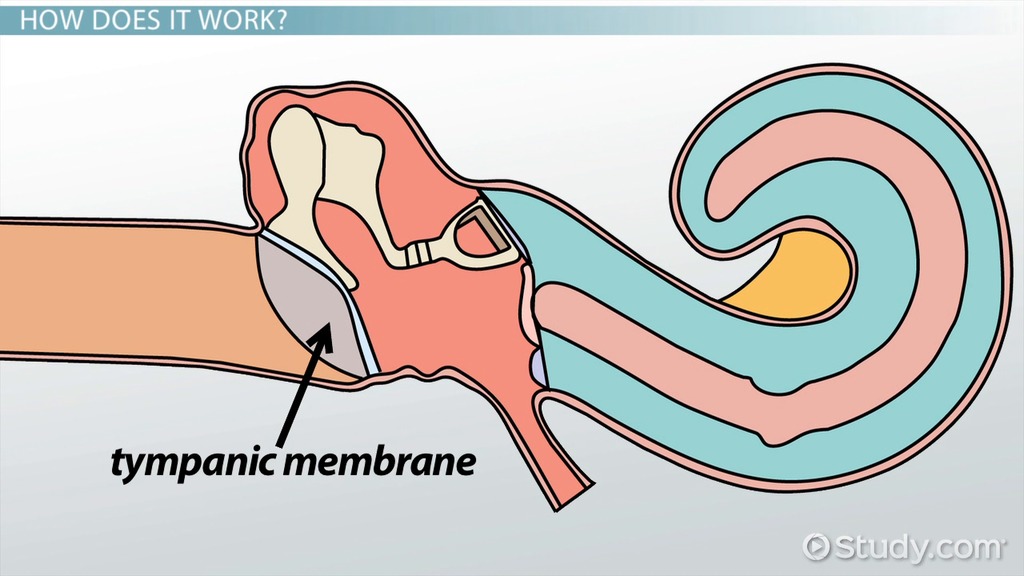
Semicircular canals
Audition (Mod 20)
A system of ring-like structures belonging to your vestibular system, they system responsible for your sense of balance and directionality of acceleration forces
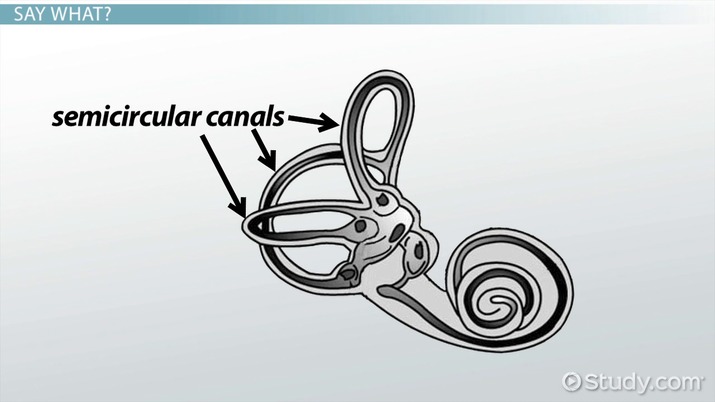
Oval window
Audition (Mod 20)
Membrane-covered opening from the middle ear to the cochlea of the inner ear.
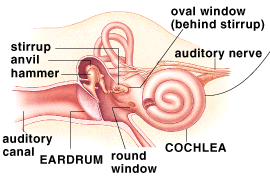
Basilar membrane
Audition (Mod 20)
A thin strip of tissue within the cochlea that contains the hair cells that serve as the sensory receptors for the auditory system.
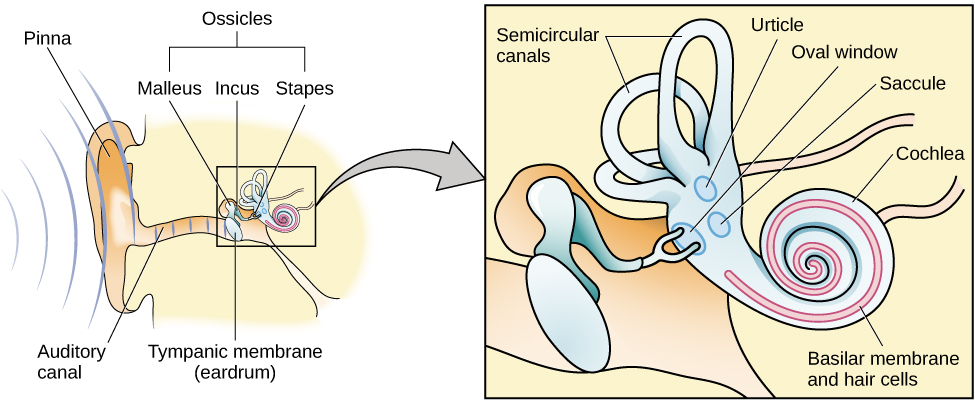
Auditory nerve
Audition (Mod 20)
A fibrous membrane within the cochlea that supports the organ of Corti. In response to sound, the basilar membrane vibrates; this leads to stimulation of the hair cells.
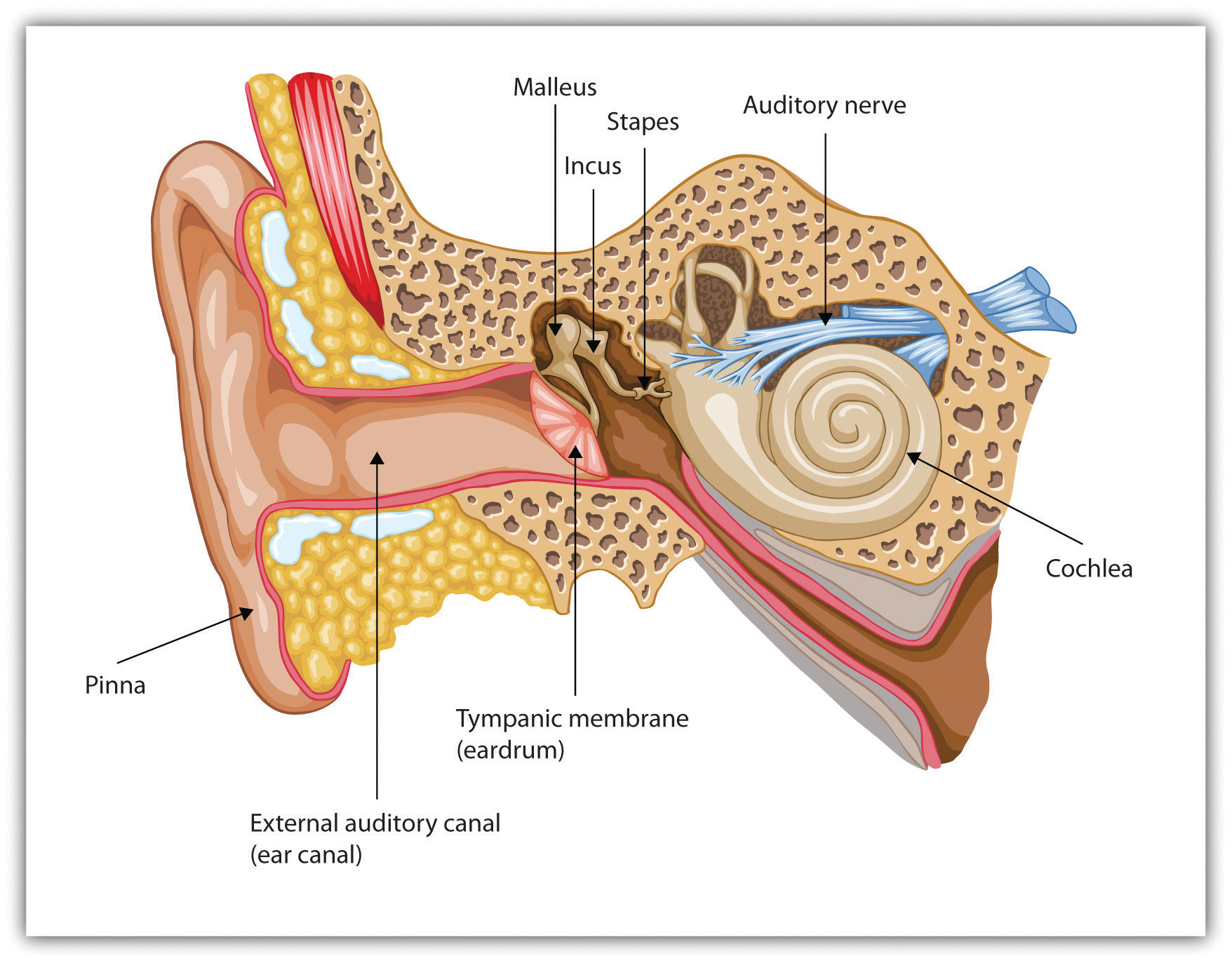
Hair cells
Audition (Mod 20)
Are the sensory receptors of both the auditory system and the vestibular system in the ears
Vestibular nerve
Audition (Mod 20)
Primarily responsible for maintaining body balance and eye movements.

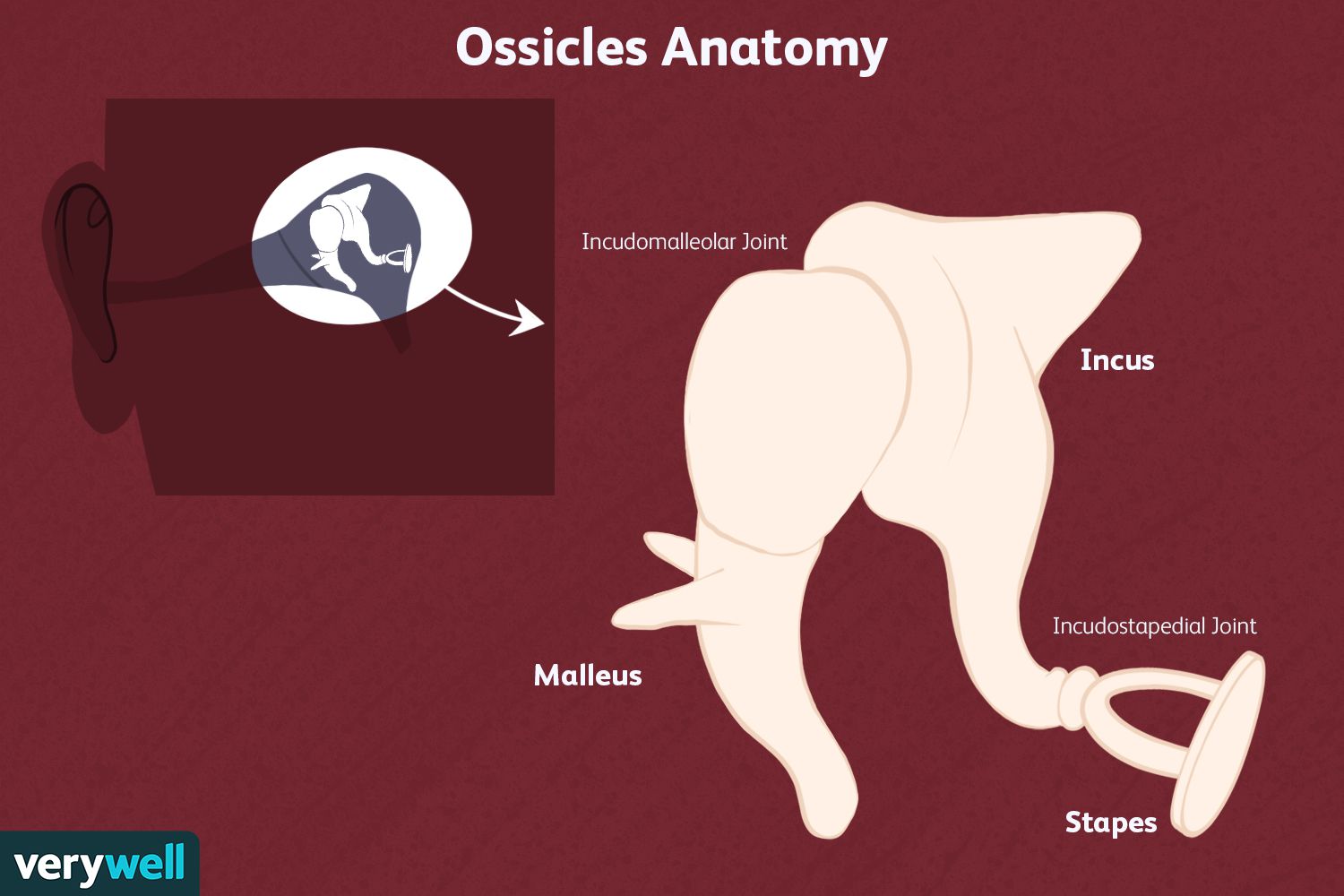
Hammer, Anvil. stapes (The ossicles)
Audition (Mod 20)
malleus, incus, and stapes in Latin) that pick up vibration and transmit them to the cochlea
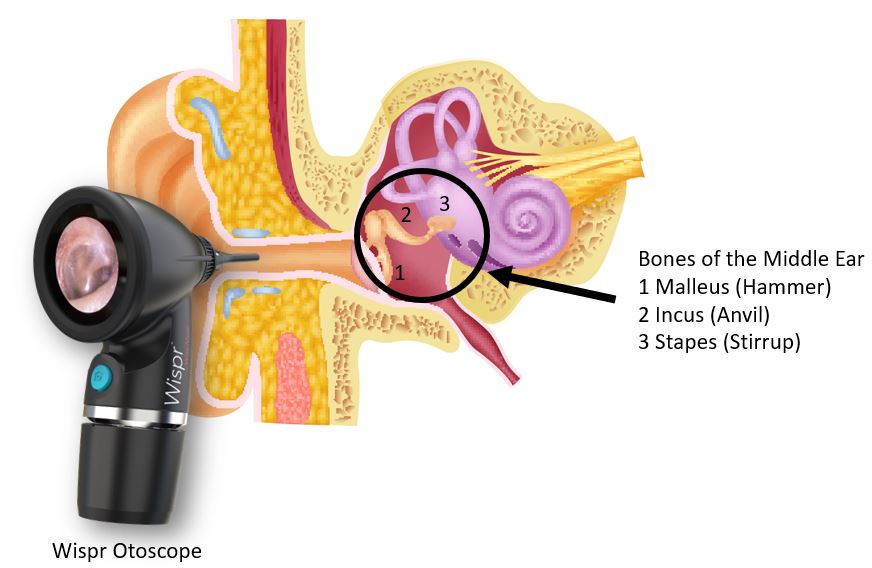
4 distinct messages that skin is designed to sense
Pressure
Warmth
Cold
Pain
gate control theory
The theory that the spinal cord contains a neurological “gate” that blocks pain signals or allows them to pass on to the brain. The gate is opened by the activity of pain signal traveling up small nerve fibers and is closed by activity of large fibers or by information coming from the brain.
Ways the “gate” could be closed
Endorphins could be released
Massage, acupuncture, or electrical stimulation
Kahneman’s experiment with hands in ice water
We remember the last part of pain and the most intense moment. Also shows that a gradually bringing down pain is better than just being done with it.
What is olfaction and where does transduction occur? Why is smell linked to emotional memories?
Olfaction is the sense of smell, and transduction happens in the olfactory bulb. Brain’s circuitry for smells connects with the lymbic system, specifically the amygdala.
Gustation
Gustation is the sense of taste.
Supertaster: heritable, extreme taste, sensitive to tastes. Have twice as many tastebuds.
5 main flavor sensations:
Sweet: energy source
Salty: sodium essential to physiological processes
Sour: potentially toxic acid
Bitter: Potential poisons
Umami: Protiens grow and repair tissue.
kinesthetic sense
Our sense of where out body part are in relation to you and the things around you
vestibular sense
Our sense of body movement and position that enables our sense of balance
Semicircular canals and vestibular sacs in the inner ear —> sense of equilibrium
When head rotates or tilts, movement in these organs stimulates hair-like receptors which send nerve signals to the cerebellum, enabling you to sense your body position and maintain your balance.
embodied cognition
the influence of bodily sensations, gestures, and other states on cognitive preferences and judgments. The mind emerges from relations between the brain, body, and world.
Ex: The gesturing of hands while talking
sensory interaction
The principle that one sense may influence another, the brain blends its inputs to interpret the world. As when the smell of food influences its taste.